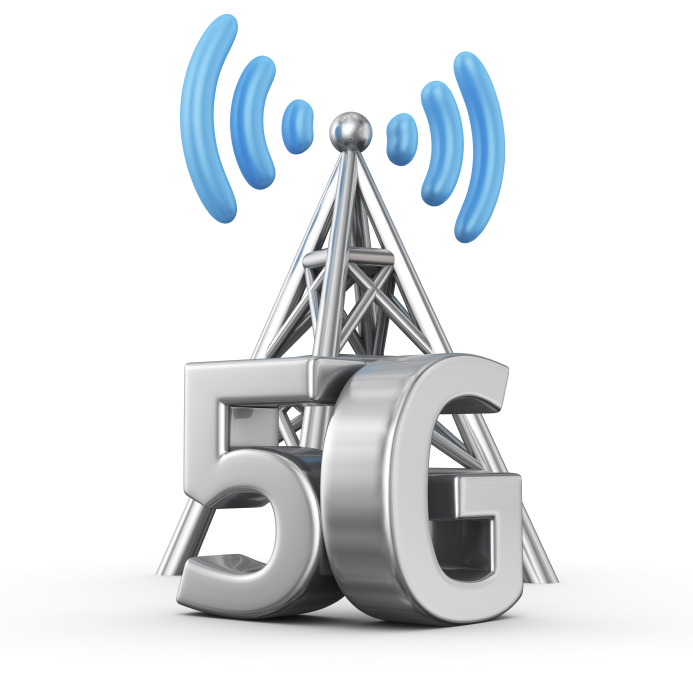Trade Conflicts Intensify for Electronics Industry
New tariffs and tech bans are in place between the US and China, trade negotiations between North American countries hit a speed bump, and the electronics industry feels the squeeze.

Ongoing trade conflicts around the world intensified in May 2019 with a spate of new tariffs and a significant technology ban. Connector Supplier has been continuing to follow these developments closely, as they present particular and increasing relevance to the electronics industry.
Much of the spotlight remains focused on trade conflicts between the US and China, where disagreements over intellectual property, trade imbalances, and the telecommunications company Huawei Technologies Co Ltd. have driven a wedge between the two countries. On May 10, the US increased tariffs from 10% to 25% on a range of products, bringing the total US tariffs applied to goods imported from China to $250 billion. This rate is now in effect but does not apply to products already in transit as of May 10, which effectively provides a buffer period of several weeks or months on container shipments.
The US Trade Representative (USTR) will hold a public hearing on June 17, 2019, to discuss raising tariffs by 25% on an additional $300 billion worth of Chinese imports, including personal computers, smartphones, tablets, and television gear, scheduled to go into effect on June 25. These tariffs would effectively impact all materials, components, finished products, and packaging in the electronics supply chain.

As part of the ongoing trade conflicts, the US also put Huawei on a blacklist that bans the Chinese company from access to US-made electronic components. Huawai is the world’s largest telecom supplier and second-largest cellphone maker. The company was expected to play a significant role in the implementation of 5G around the world, although many countries are now taking precautions in light of concerns about spying and IP abuses. The UK and Germany continue to work with the company on national 5G rollout initiatives, with some precautions in place.
On May 13, China responded by announcing tariff increases on $60 billion worth of US goods, including agricultural products, furniture, and appliances, bringing the total Chinese tariffs applied to goods imported from the US to $110 billion.
While the electronics industry has been impacted by previous rounds of tariffs, those increases mainly applied to machinery, solar panels, white goods, metals and other materials, and select electronic components, including some connectors. The latest round of tariffs will have a more direct and significant impact.

An increase of 25% is significant enough that companies say they will have a difficult time absorbing tariff costs. Walmart, the world’s largest retailer, has announced that it will raise prices because of tariffs. Best Buy, the largest consumer electronics retailer in the US, said consumers will bear the brunt of tariffs-related price increases. “The impact of tariffs at 25% (proposed to be enacted) will result in price increases and will be felt by US consumers,” outgoing Chief Executive Officer Huber Joly said. The total cost of trade conflict tariffs for US consumers since November 2018 could be as high as $106 billion. One example: Morgan Stanley analyst Katy Huberty estimates the price of an Apple iPhone XS will rise by $160.
In addition, this round of tariffs brings other countries into the trade conflict. Taiwan, which produces 90% of the world’s notebook computers along with many other electronics goods, is caught up in the supply chain impacting Chinese companies. To avoid these tariffs, companies will need to shift manufacturing to other countries. Electronics manufacturers like Samsung have made significant headway in moving manufacturing to Vietnam. Other countries, including Indonesia, Malaysia, India, and Mexico, also stand to benefit, but the transition period will take time and some efficiencies will be lost in a less centralized supply chain. After talks between the US and China dissolved without progress this spring, some analysts say tariffs could become permanent, effectively acting as a tax on US consumers and businesses. Suppliers of components and finished electronics goods are now evaluating how tariffs will fit into their pricing structures.
Beyond China, the Trump administration is considering new tariffs on automobiles imported from the EU and Japan, citing national security risks. Germany in particular would bear the brunt of the EU tariffs, although Japan-based companies like Toyota are also watching closely.
At the EDS conference in Las Vegas last month, TTI, Inc. noted that trade conflicts present a threat to ongoing growth in the global electronics industry. A statement by IPC — Association Connecting Electronics Association urges resolution to prevent this from becoming a reality. “These tariffs are affecting the global electronics supply chain, increasing costs and uncertainties for companies seeking to remain competitive in the global marketplace,” said Chris Mitchell, vice president, global government relations, IPC. “New trade barriers will harm both countries. We urge US and Chinese officials to accelerate negotiations and finalize an agreement that addresses long-standing disagreements, including intellectual property and market access.”
North American Trade Tensions Heats Up
In mid-May, the US lifted tariffs on steel and aluminum imports from Canada, prompting Canada to lift its retaliatory tariffs against US agriculture products and other imports. Canada buys half of all steel produced in the US. These tariffs had been in place for nearly a year. Hopes are now high that Canada will ratify the US-Mexico-Canada (USMCA) agreement, a new replacement for the North American Trade Agreement (NAFTA). The agreement was signed at the G20 Summit in December 2018 but has yet to be ratified. Democrats in the US House of Representatives have raised concerns about lack of enforcement and accountability in the new agreement, as well as pharmaceutical, labor, and environmental provisions.
Now new trade tensions between the US and Mexico may jeopardize timely ratification.
On May 30, President Trump announced a new 5% tariff to be levied on imports of products from Mexico, in response to that country’s failure to prevent migrants fleeing Central America from reaching the US border. This tariff is scheduled to begin on June 10 and increase to 10% on July 1 if insufficient progress is made, and then rise by 5% every month until it reaches 25% in October.
In 2018, the US imported $346.5 billion in goods from Mexico, including fruits and vegetables, electronics, medical equipment, automotive components, and finished vehicles. A growing number of US companies, including connector and electronic components makers, have operations in Mexico. Amid evolving disruption to the trade relationship with China, Mexico is set to become the US’s largest trading partner.
Connector Supplier and Bishop & Associates will continue to report on this issue as it develops. To gain a better idea of how technology-based companies are affected by tariffs, we’d like to hear from our readers. Drop Ron Bishop a line to share your observations.
See more tariffs coverage:
Electronics Industry Joins Effort to Finalize New North American Trade Agreement
- Where in the World is Amphenol LTW’s Luc Kan? - April 23, 2024
- TE Connectivity’s Sustainability Efforts Pay Off - April 23, 2024
- What is a VGA Connector? - April 23, 2024







